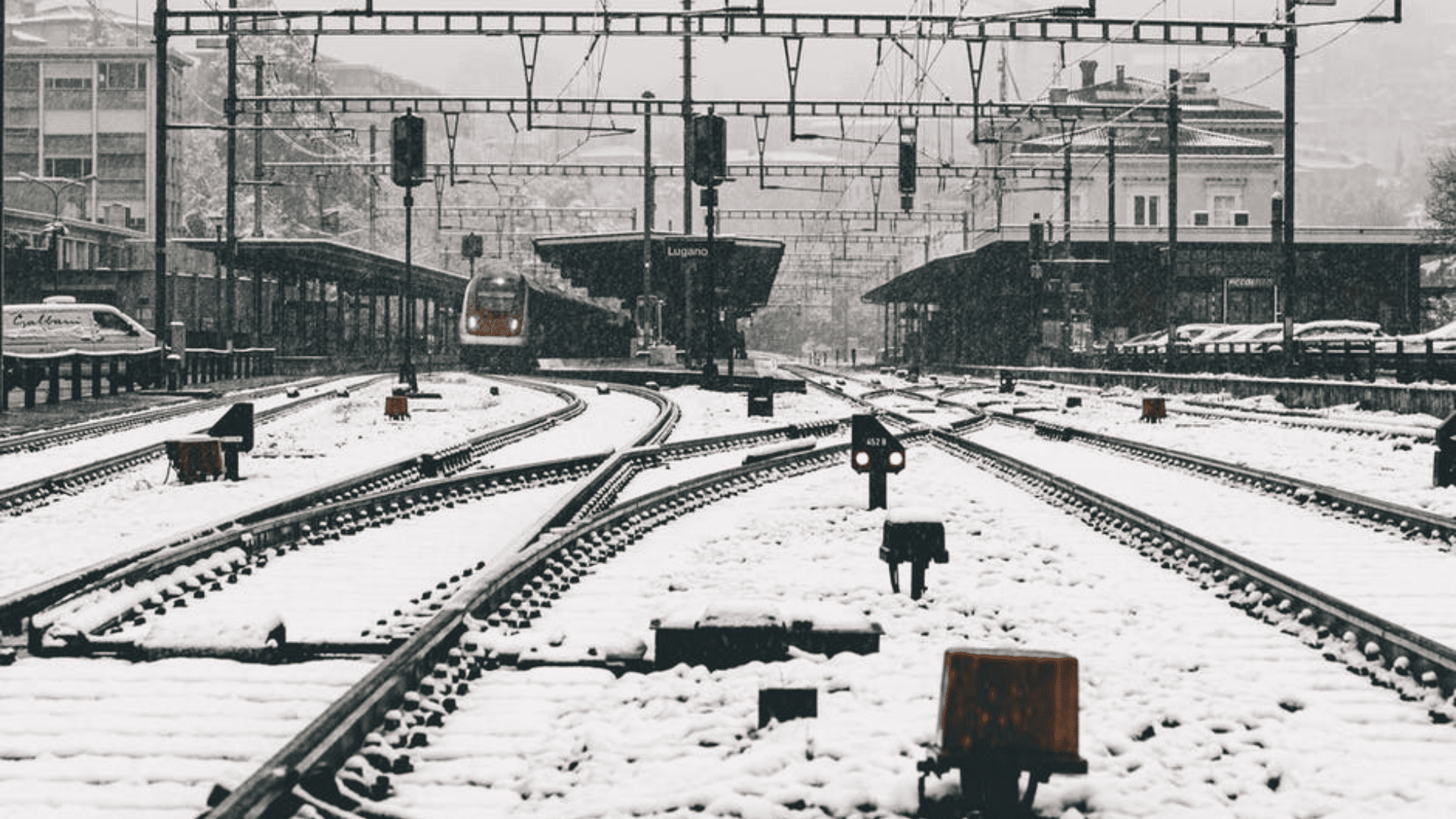
Ignoring the effects of extreme weather conditions can cost the railroad system a lot of money. The average cost of a derailment is 2 million. A train delay can cost $500 per hour.
Beyond that, there is an average death and/or injury count. A derailment can lead to an average of 2 injuries or deaths per incident. An obstruction incident can lead to an average of 0.5 injuries or deaths.
If you’re wondering just how different weather conditions can cause such incidents and others, read on.
Heat
The extreme heat in some seasons can cause the rails to change in several ways. They can bend, break, and expand. In extreme cases, the rails may be impacted to the point where crews need to replace them.
Even when they haven’t been degraded to this degree, safe traveling can be close to impossible. Slowing down trains is sometimes necessary to reduce pressure on parts of the line.
High Winds
Winds can cause debris, power lines, and other obstructions to fall onto the railroad tracks. A construction crew can come and remove any of these items. Before that happens, railroad officials will divert trains to other routes.
High winds can also bring leaves down onto the tracks. This certain form of debris can turn into a slippery mulch, which can make it harder for trains to come to a stop. In addition, the leaves can impact the electrical signals that tell railroad workers about the location of trains.
Flooding
Depending on the amount of water in each incident, flooding can cause minimal to extreme levels of damage to railroad equipment. In many cases, this can cause the train to lose power.
In addition, flooding can erode and rust the railway tracks over time. Crews may need to replace the rails as a result. Beyond that, the floodwaters can also affect the ground below the railroad tracks.
Snow and Ice
Common winter weather can cause several issues for the railroad. Ice, for instance, can freeze tracks together. This can prevent movable parts of the railroad track from moving.
In addition, cold weather can also cause icicles to form above tunnels. Trains that run into these can face serious damage.
Snow can also be the cause of a lot of headaches. Just like debris, piles of snow can delay safe railroad travel. The railroad network uses crews of snowplows, steam jets, and other kinds of equipment to clear these piles as quickly as it can.
Keep Your Railroad Functioning Well Through Extreme Weather With Our Equipment
In conclusion, extreme weather conditions can cause delays, breakdowns, and all kinds of other dangers. However, the better the railroad construction crew, the less the trains will be impacted.
In addition, your railroad system will need the right equipment to continue functioning properly despite issues. That’s where our trucks and other heavy equipment come in. Contact us today to reserve your rail equipment.

